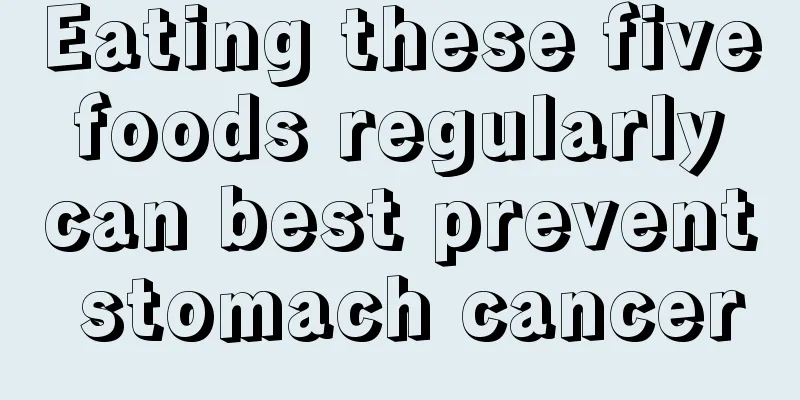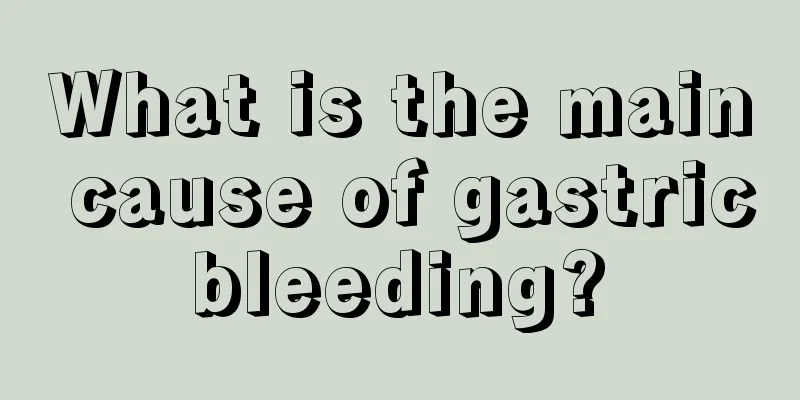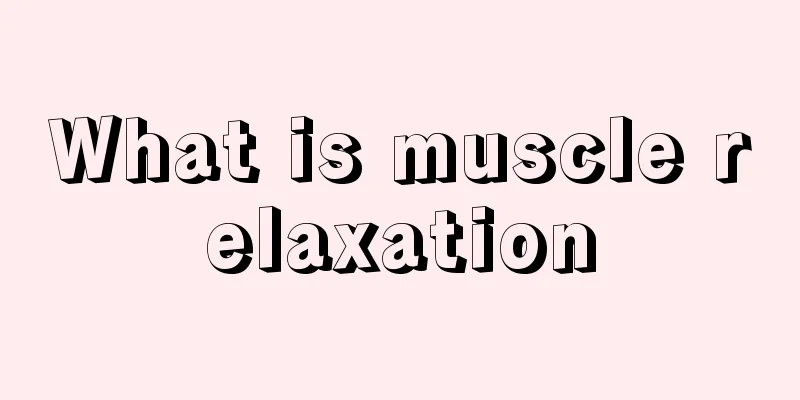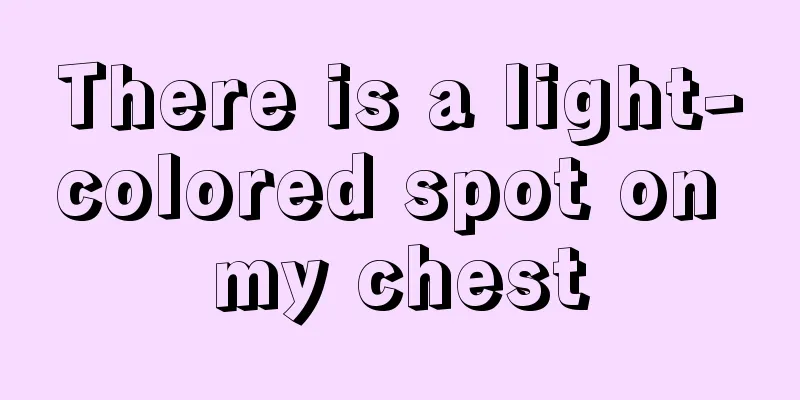What is the gallbladder used for

|
The gallbladder is an organ in our body that is neither important nor useful. The gallbladder is a pear-shaped sac located behind the liver under the right ribs (in the gallbladder fossa of the liver). The gallbladder has the function of storing and concentrating bile. However, because this organ is quite special, science has proven that removing this organ will have no effect on our human body. Does that mean that the gallbladder is useless? That cannot be said. It exists for a certain purpose. So what are its functions? Let’s learn more about it. The gallbladder is a pear-shaped sac located behind the liver under the right ribs. It is used to concentrate and store bile. The gallbladder is divided into four parts: fundus, body, neck, and duct. The neck is connected to the cystic duct. The gallbladder wall is composed of three layers: mucosa, muscularis and adventitia. Suggestions: The gallbladder is located under the liver. A normal gallbladder is about 8 to 12 cm long, 3 to 5 cm wide, and has a capacity of about 30 to 60 ml. Some people say that the gallbladder is related to courage, and after the gallbladder is removed, the courage will become smaller. This is completely unscientific. The gallbladder is connected to the common bile duct through the bile duct. effect: (1) Storing bile: When a person is hungry (i.e. not in the digestive period), bile is stored in the gallbladder. When digestion is needed, the bile is discharged from the gallbladder, so the gallbladder is called the "bile warehouse." At the same time, it also plays a role in buffering bile duct pressure. (2) Concentrated bile: Most of the water and electrolytes in the golden alkaline liver bile are absorbed by the gallbladder mucosa and returned to the blood, leaving the effective ingredients in the bile to be stored in the gallbladder, turning into brown or dark green weakly acidic gallbladder bile. (3) Mucus secretion: The gallbladder mucosa can secrete 20 ml of thick mucus every day to protect the bile duct mucosa from erosion and dissolution by concentrated bile. (4) Emptying: 3 to 5 minutes after eating, food passes through the duodenum and stimulates the duodenal mucosa to produce a hormone called cholecystokinin, which causes the gallbladder to contract and immediately discharge the bile in the gallbladder into the duodenum to aid in the digestion and absorption of fat. At the same time as the bile is discharged, the bacteria in the bile duct are also discharged from the body along with the bile. Generally speaking, the gallbladder can be emptied half an hour after eating fat. Gallbladder disease 1.1 Gallstones If gallstones in the gallbladder cause recurring pain and dietary adjustments do not reduce the attacks, your doctor may recommend a cholecystectomy. Cholecystectomy does not cause nutritional deficiencies, there are no dietary restrictions after surgery, and the surgical mortality rate is approximately 0.1% to 0.5%. During the operation, the doctor can check whether there are stones in the common bile duct. 1.2 Cholecystitis Cholecystitis is an inflammatory lesion of the gallbladder caused by bacterial infection or chemical stimulation (change in bile composition) and is a common disease of the gallbladder. Its incidence rate is second only to appendicitis in abdominal surgery. This disease is more common in middle-aged people aged 35 to 55 years old. It occurs more frequently in women than in men, especially in obese women with multiple pregnancies. 2.1 How to treat cholecystitis: 1. Regular eating is the best way to prevent cholecystitis. When food enters the duodenum, the duodenum reactively secretes cholecystokinin to contract the gallbladder. At this time, a large amount of viscous bile containing bile salts is discharged into the intestine, preventing gallbladder inflammation due to excessive bile salts in the bile. 2. Moderate nutrition and limit the fat and cholesterol content in the diet. The formation of cholesterol stones is related to the high amount of cholesterol in the bile. Eating too much, especially food with high fat and cholesterol, will increase the concentration of cholesterol in bile and promote the formation of cholesterol stones. 3. Ensure adequate intake of protein. Protein is a nutrient necessary to maintain our health. According to research, long-term insufficient protein intake is related to the formation of bile pigment stones. 4. Pay attention to hygiene to prevent intestinal ascariasis infection. Develop good hygiene habits, wash hands before meals and after defecation, wash raw fruits and vegetables, and maintain good environmental hygiene. These are effective measures to prevent ascariasis, and are therefore also helpful in preventing cholecystitis. |
<<: The composition of the gallbladder triangle
>>: What tests does the rheumatology and immunology department do
Recommend
What to do if closed comedones appear on face
Closed comedones on the face are the most intoler...
What are the harms of drinking too much to the stomach?
Excessive drinking may cause a series of harm to ...
The impact of breastfeeding while angry on children
Having a child is a complicated process. Not only...
How many days can a river crab live
The crabs that ordinary people eat at home are ge...
What are the dangers of liver cancer
As we all know, liver cancer is a very terrible d...
I did a cervical cancer screening and was found to have HPV infection
I am very happy to serve you and see your questio...
Can I take roxithromycin after drinking alcohol?
Many people like to drink alcohol. In fact, moder...
Why is it that a thin person has a bulging belly?
Many mothers are surprised to find that their bab...
There are lumps in the skin pustules
In life, this situation often occurs. A hard lump...
Galactosemia
There are many common types of diseases in life, ...
What is the TCM treatment method for small cell lung cancer
Small cell lung cancer is a type of bronchial can...
What should liver cancer patients pay attention to in their diet? 8 dietary considerations for confirmed liver cancer patients
1. Provide high-protein, high-calorie, high-vitam...
What is the difference between blisters and blisters
Blisters and blisters are very common diseases in...
Authentic recipe for stir-fried eggplant with soy sauce
Stir-fried eggplant with soybean sauce is a commo...
The pain in the lower back below the spine
The spine in our body is related to our lumbar sp...









